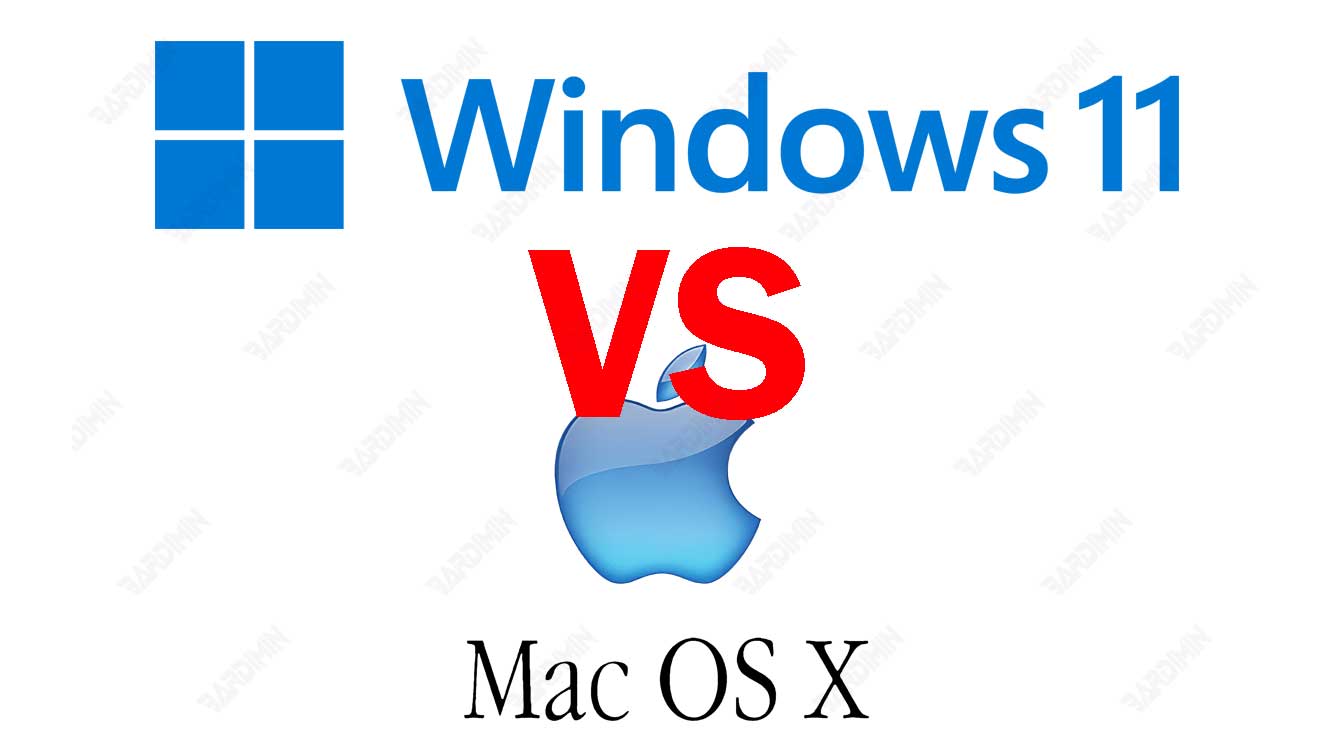In the world of technology, the comparison between Windows and macOS operating systems has always been an interesting topic. This operating system has its loyal fans, with its advantages and disadvantages.
Windows 11 and Mac OS X are two of the most popular operating systems in the world. Both have their advantages and disadvantages, depending on the preferences and needs of the user.
In this article, we’ll look at some of the things Windows 11 can do that Mac OS X can’t, or at least easier and better to do in Windows 11. Here are 12 of them:

1. Set Up Desktop Display with More Options
Windows 11 gives users more options to set the appearance of their desktop, such as changing theme colors, transparency, icon size, fonts, and others. Users can also use the live tiles feature to display the latest information from applications installed in the Start menu. In addition, Windows 11 also supports the virtual desktop feature, which allows users to create multiple desktops with different applications and windows.
Mac OS X also has a virtual desktop feature called Mission Control, but it’s not as flexible as Windows 11. Mac OS X users also can’t change the theme color or transparency, and can only choose between light or dark mode. In addition, Mac OS X does not feature live tiles, and icons in the dock cannot be resized.
2. Game with More Options and Performance
Windows 11 is a more gamer-friendly operating system, as it supports more games and gaming platforms than Mac OS X. Windows 11 also features DirectX 12, which is the latest graphics API that improves game performance and graphics quality. In addition, Windows 11 also has a Game Mode feature, which can optimize the use of computer resources for games.
Mac OS X does not feature DirectX 12 or Game Mode and only supports a small percentage of games on the market. Many popular games are only available for Windows 11, or have suboptimal versions of Mac OS X. Mac OS X users must also use an emulator or bootcamp to run Windows 11 games, which can decrease performance and graphics quality.
3. Using Windows Apps Natively
Windows 11 is the operating system most compatible with Windows applications, as it is a product of Microsoft’s own. Windows 11 users can run almost any Windows app natively, without the need to use emulators or additional software. This is especially useful for users who need Windows applications for work or other purposes.
Mac OS X cannot run Windows applications natively, because it has a different architecture and operating system. Mac OS X users must use an emulator such as Wine or Parallels Desktop, or software such as Boot Camp or VMware Fusion, to run Windows applications. This can cause compatibility, performance, stability, and security issues.
4. Access File System Easier
Windows 11 gives users full access to their file system, so they can view and manage all the files and folders on their computer easily. Users can also set permissions, attributes, and properties of files and folders to their liking. In addition, Windows 11 also supports various file system formats, such as NTFS, FAT32, exFAT, and others.
Mac OS X has a more limited and closed file system than Windows 11. Mac OS X users cannot view or change system files directly but must use built-in applications such as Finder or Terminal. Users also can’t easily set permissions, attributes, or properties of files and folders. In addition, Mac OS X only supports APFS or HFS+ file system formats, and can only read (not write) NTFS formats.

